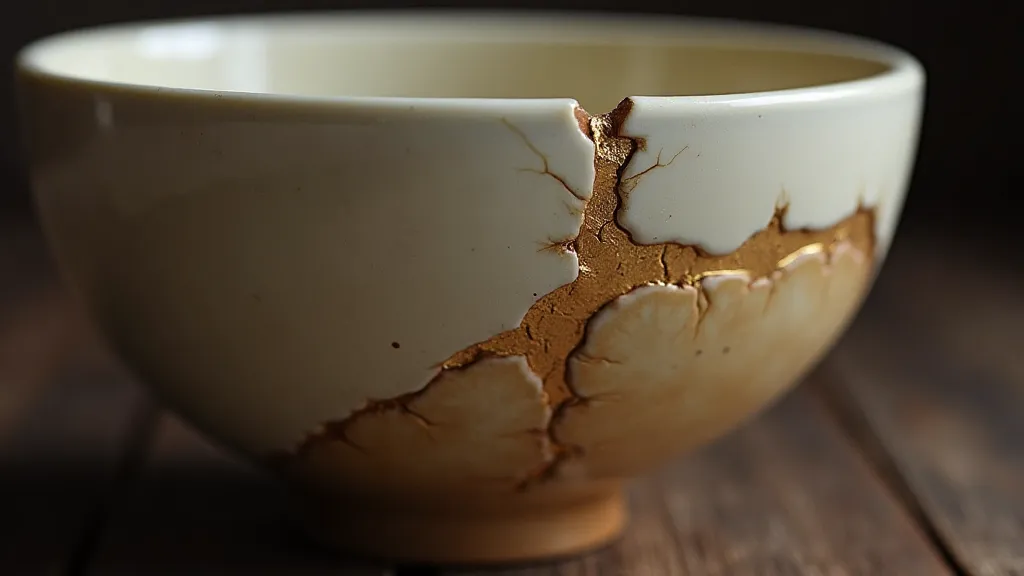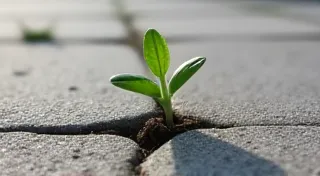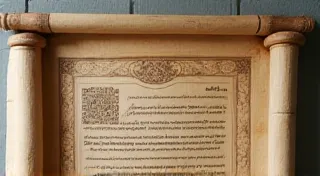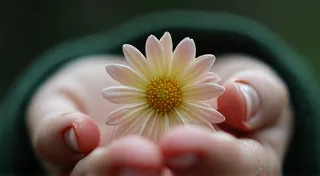The Gold Standard of Honesty: Writing with Radical Transparency
There’s a peculiar beauty in decay. Not the sterile, clinical kind you see in abandoned buildings, but the lived-in, layered kind that whispers stories of resilience and enduring spirit. I’m thinking of antique accordions. The cracked bellows, the worn keys, the faint aroma of aged wood and rosin – these aren’t flaws. They're a testament to countless melodies played, dances embraced, and emotions poured out. Like an antique accordion, broken pottery, and specifically the practice of Kintsugi, offers a powerful metaphor for a craft I hold dear: writing.
For years, I hid my writing. Not from others, but from myself. I polished sentences until they gleamed, eradicated imperfections, and strove for a voice that felt “right.” A voice that felt… safe. It was an imitation, a performance, a desperate attempt to meet an imagined standard. The irony, of course, was that in my pursuit of perfection, I lost the very thing that made writing worthwhile: honesty.
Then, I discovered Kintsugi.
The Philosophy of Scars
Kintsugi, literally “golden joinery,” is a traditional Japanese art form of repairing broken pottery with lacquer dusted or mixed with powdered gold. It's more than just a repair technique; it's a philosophy. Instead of disguising the damage, Kintsugi embraces it. The cracks are celebrated, highlighting the history of the piece and adding a new layer of beauty. The repair isn’t a fix; it’s a transformation.
My first encounter with Kintsugi wasn’t through a demonstration or a workshop. It was through a photograph – a simple image of a cracked teacup, meticulously mended with gleaming gold. There was something profoundly moving about it, a quiet dignity in its vulnerability. It resonated with my own struggles as a writer, my own tendency to hide my flaws and imperfections. I realized I was trying to erase the "cracks" in my writing, the moments of doubt, uncertainty, and raw emotion. But perhaps, those cracks were where the gold could shine.

Beyond Perfection: Embracing the Human Voice
Writing, at its core, is about connection. It’s about sharing a piece of yourself, your experiences, your perspective, with the world. And that inevitably involves vulnerability. It requires us to confront our doubts, our insecurities, and our imperfections. To truly connect, we must be willing to show the cracks, the moments of fragility, the places where we stumble.
Think about the great writers you admire. Do you remember them for their flawless prose? Or for the honesty and vulnerability that poured from their words? Hemingway’s raw, unsentimental style. Plath's unflinching self-examination. Morrison’s exploration of complex social and personal truths. These weren't writers who shied away from difficult emotions or uncomfortable realities. They embraced them, and in doing so, they created work that resonated deeply with readers.
My own journey towards more transparent writing began with small steps. Allowing myself to express moments of confusion or uncertainty. Sharing personal anecdotes, even when they felt awkward or embarrassing. Admitting when I didn't have all the answers. The initial reaction was uncomfortable. There was a nagging voice in my head, telling me I was exposing too much, that I was being unprofessional. But I also noticed something else: readers began to respond differently. They felt more connected. They felt seen.
The Craft of Imperfection: Lessons from Restoration
There’s a fascinating parallel between Kintsugi and the restoration of antique musical instruments, like accordions. A skilled accordion restorer isn’t simply trying to make the instrument look new again. They’re preserving its history, honoring its character, and respecting the marks of time. They might replace a damaged reed or repair a broken key, but they wouldn’t try to erase the patina of age, the subtle nuances that tell a story.
Similarly, a writer shouldn’t try to erase the imperfections in their writing. Those imperfections are part of the story, part of the journey. They’re evidence of the human effort involved in the creative process. They’d be lost in a sterile, sanitized version of the truth.
I recently had an old Hohner accordion restored. The bellows were brittle, the keys sticky, and the overall appearance was worn. The restorer meticulously cleaned and repaired the instrument, replacing only what was necessary, leaving the original finish intact. He explained that the wear and tear were part of the accordion's charm, a testament to its years of faithful service. "You can't create history," he said, "you can only preserve it." This sentiment became an unexpected, yet incredibly valuable lesson in my own writing practice.

Finding Your Golden Voice
Writing with radical transparency isn’t about revealing every detail of your life. It’s about being honest about your experiences, your emotions, and your perspective. It's about allowing your vulnerability to shine through. It’s about finding your own “golden voice,” the voice that speaks with authenticity and conviction.
It’s a process that requires courage, self-awareness, and a willingness to embrace imperfection. It’s a journey that will likely involve moments of discomfort and self-doubt. But it’s a journey that is ultimately worth taking. Because when we write with honesty and vulnerability, we not only create work that is more meaningful and impactful, but we also connect with readers on a deeper, more human level.
The next time you find yourself hesitating, censoring your words, or striving for an unattainable standard of perfection, remember the cracked teacup, the restored accordion, and the philosophy of Kintsugi. Embrace your flaws. Share your story. Let your golden voice shine.






